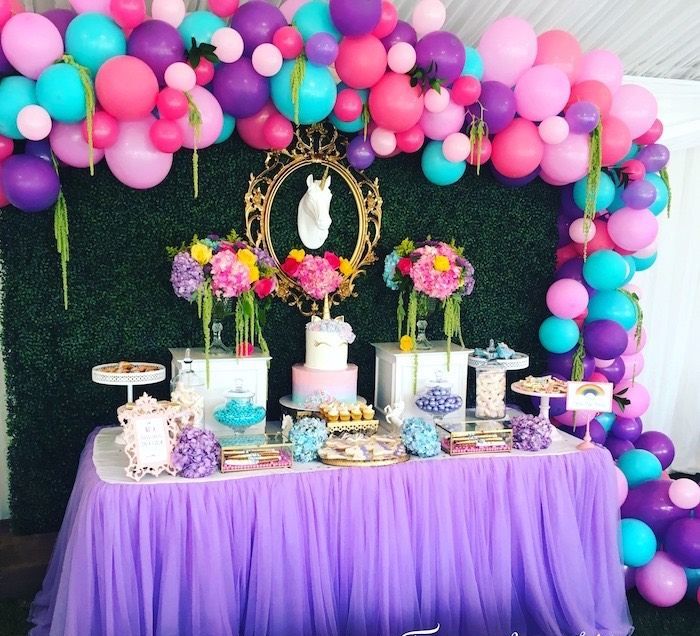When it comes to event decor, few elements are as eye-catching and versatile as a well-constructed balloon arch. These vibrant structures can transform any space into a festive wonderland, making them perfect for a wide range of events, from birthdays and weddings to corporate gatherings and grand openings. But what is the secret to creating a stunning balloon arch that not only looks amazing but also lasts throughout the event? The answer lies in the sturdiness of the arch.
Choosing the Right Materials
The first step in creating a sturdy balloon arch is selecting the right materials. High-quality balloons are a must; they are less likely to pop and will maintain their shape and color longer. It is also essential to choose a durable frame. While some balloon arches are created using helium-filled balloons that float, a more stable option involves using an air-filled balloon arch supported by a sturdy frame made of PVC pipes, metal, or heavy-duty plastic.
Proper Inflation and Tying Techniques
Ensuring that each balloon is properly inflated and tied is crucial for the longevity of your arch. Overinflating balloons can cause them to pop easily, especially if the event is outdoors and subject to temperature changes. Underinflation, on the other hand, can make the arch look deflated and less impressive. Aim for a consistent size for each balloon to maintain uniformity. Use high-quality balloon pumps for precise inflation and secure each balloon with tight knots or balloon clips to prevent air from escaping.

Strategic Placement
The placement of the balloon arch can also affect its sturdiness. When setting up outdoors, consider factors like wind and direct sunlight, how long do balloon arches last which can both impact the durability of your arch. Anchoring the arch securely to the ground or another stable structure is essential. Sandbags, weights, or ground stakes can provide the necessary support to keep the arch from toppling over. For indoor events, ensure that the arch is placed where it would not be bumped or jostled by guests frequently.
Balancing Aesthetics and Durability
While sturdiness is crucial, it is equally important that the balloon arch looks visually appealing. This balance can be achieved by carefully planning the design and color scheme. Use a variety of balloon sizes and colors to create depth and interest. Cluster balloons closely together to create a full, lush appearance. Adding additional decorative elements, such as flowers, greenery, or lights, can enhance the overall look without compromising the structure’s integrity.
DIY vs. Professional Help
Creating a Nicro balloon arch can be a fun DIY project, but for larger or more intricate designs, hiring a professional might be worth considering. Professionals have the experience and tools needed to construct a sturdy and beautiful arch efficiently. They can also provide valuable advice on materials, design, and placement, ensuring that your balloon arch is the highlight of the event.
